On Aug. 27, the rules of Vanderbilt’s dining tents were updated to allow four-person groups at larger tables, remove access barriers, no longer ask students to check-in using a QR code upon arrival or limit time to 20 minutes, per an email to The Hustler from Director of Marketing and Communications Sean Carroll.
Vanderbilt introduced three dining tents at the start of the fall semester amid COVID-19 restrictions: one on Magnolia Lawn, one on Alumni Lawn and one on Library Lawn. According to Vanderbilt’s Campus Dining website, these tents were installed to create safe dining spaces for students.
However, these dining spaces operate nowhere near full capacity. While Alumni, Library and Magnolia Lawn tents can each hold up to 278, 188 and 178 visitors respectively, the tents averaged a total of about 62 distinct visits per day between Aug. 17 and Aug. 27, according to Carroll.
For some students, the dining tents are not the most appealing option. First-year Mason Engle said he usually eats his meals on the lawns or back at his residential college.
“I think that the lawns are a much more suitable area to have food, especially because of the blankets that they gave us at orientation week,” Engle said. “That was really useful at facilitating social distancing along with allowing students to still enjoy their time outside.”
Carroll also said that students were often choosing other locations to dine.
“During the first full week of school, it was apparent that at least in fair weather, students were foregoing the security of a Dining Tent for common outdoor spaces, walls and lawns,” Carroll said in an email to The Hustler.
In an effort to increase tent usage, Facilities and Business Services leadership decided to implement the amendments to the dining tents. While there has been “considerably higher utilization of tents” per visual observation by administration, these tents are still not used at full capacity. However, following the Aug. 27 dining tent update, student registration is no longer tracked, so exact numbers are unknown according to Carroll.
Other efforts by Facilities and Business Services to encourage social distancing while dining have not been met with this same level of enthusiasm by students. One criticized move was the decision to remove the tables and chairs in outdoor public spaces, especially surrounding dining halls where students typically sit and eat.
“I am aware that multiple incidents with students congregating in certain areas, specifically Fleming Yard, and failing to maintain proper social distancing led to the decision to remove some outdoor seats,” Carroll added in his email to The Hustler.
Engle said he was upset by the removal of outdoor seating because students had fewer dining options.
However, other students have partaken in efforts made by Campus Dining and Facilities and Vanderbilt University Public Safety to encourage social distancing while dining. First-year Wenitte Apiou has used the dining tents on multiple occasions and plans on continuing to take advantage of these facilities right outside of Rand, as he said he enjoys the proximity to the dining halls.
“I think [the tents are generally empty] because people have been meeting up in kind of large groups just to socialize, and you can’t seat the groups together at the dining tents,” Apiou said.
Despite being a somewhat frequent visitor of the tents, Apiou said that he was unaware of the new changes made on Aug. 27 but that if this new information becomes more well-known then perhaps more students will dine in the tents at larger group tables.
For both Apiou and Engle, however, one major concern about the dining tents is the abundance of bugs that seem to congregate around the tents and inside of them, supposedly even more than the number of bugs when sitting in the grass or on ledges.
“One thing I’ve noticed is that it seems like bugs seem to congregate (in the dining tents),” Apiou said. “It seems like there are a lot more flies under the tent than other places outside.”

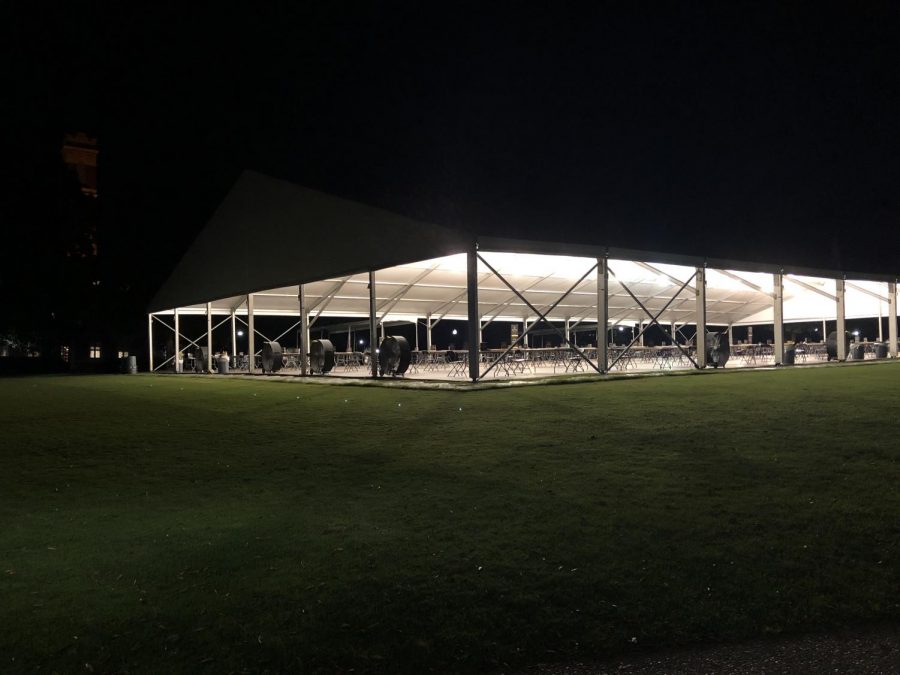



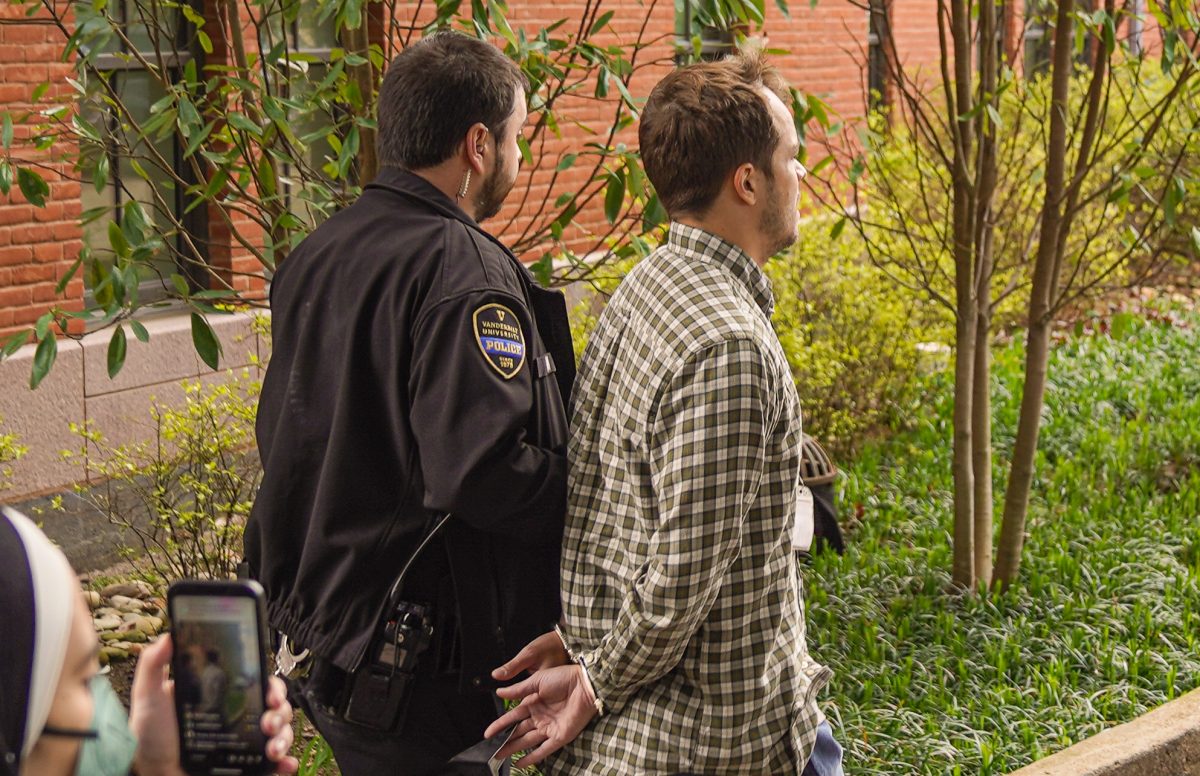
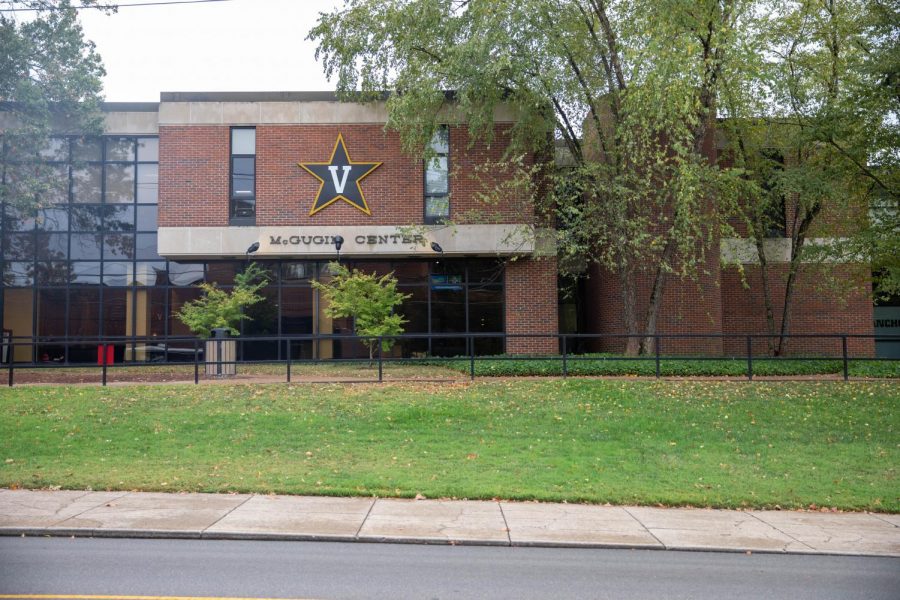

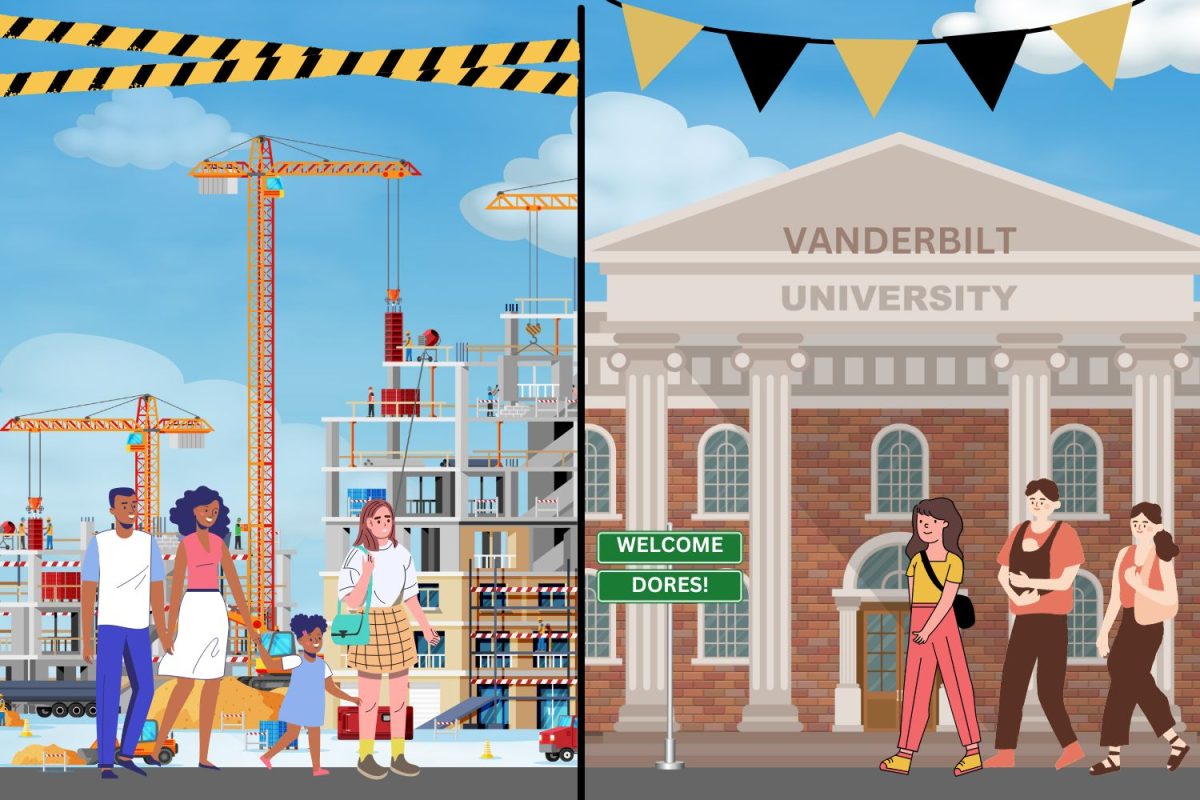
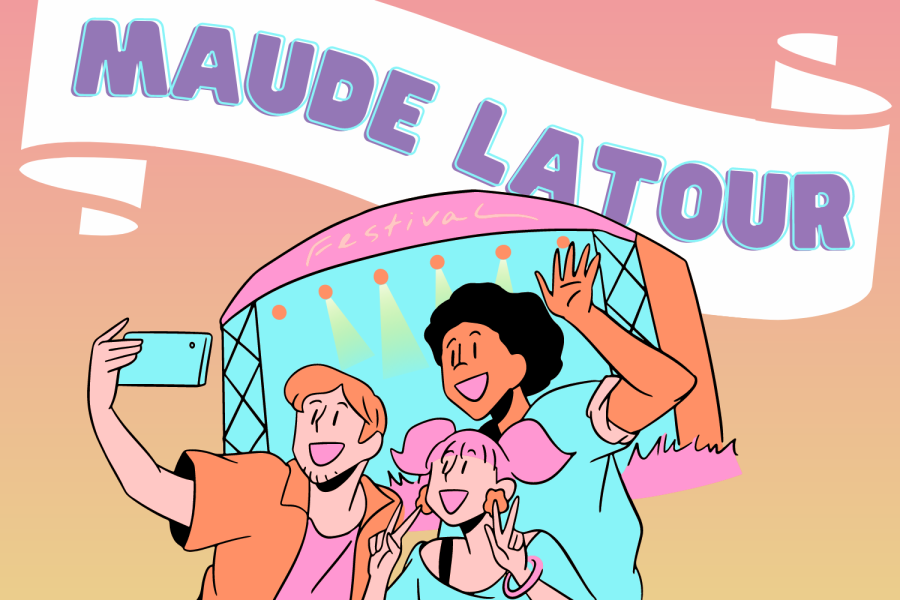
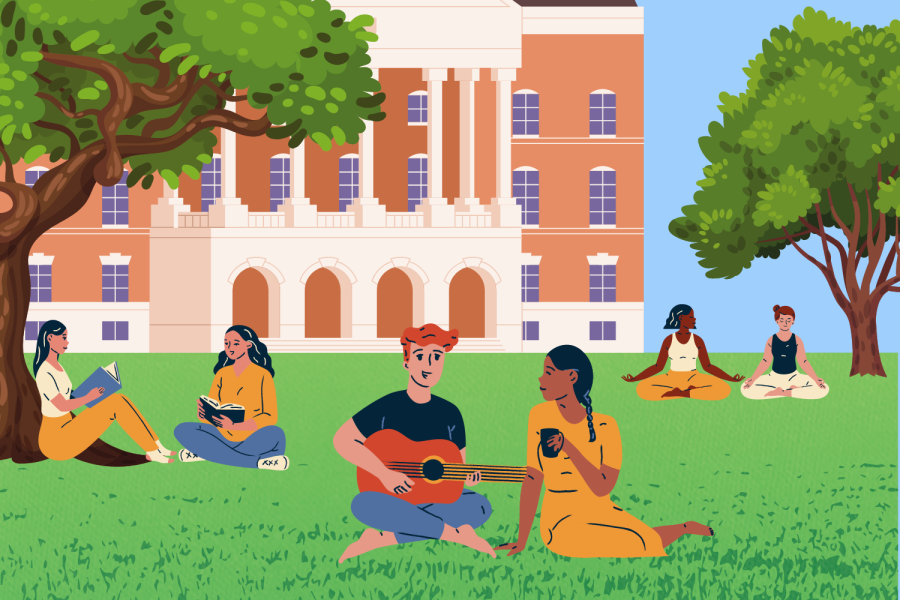
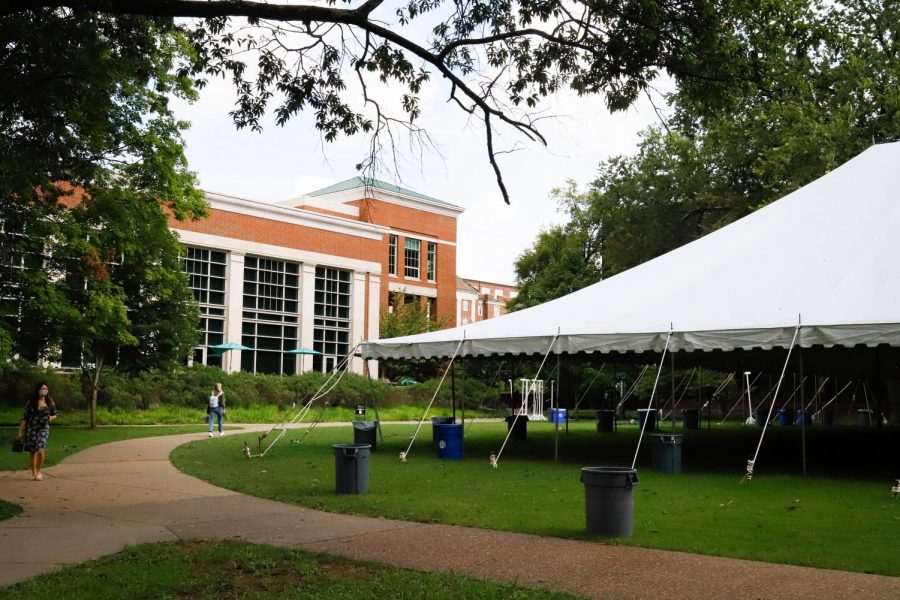
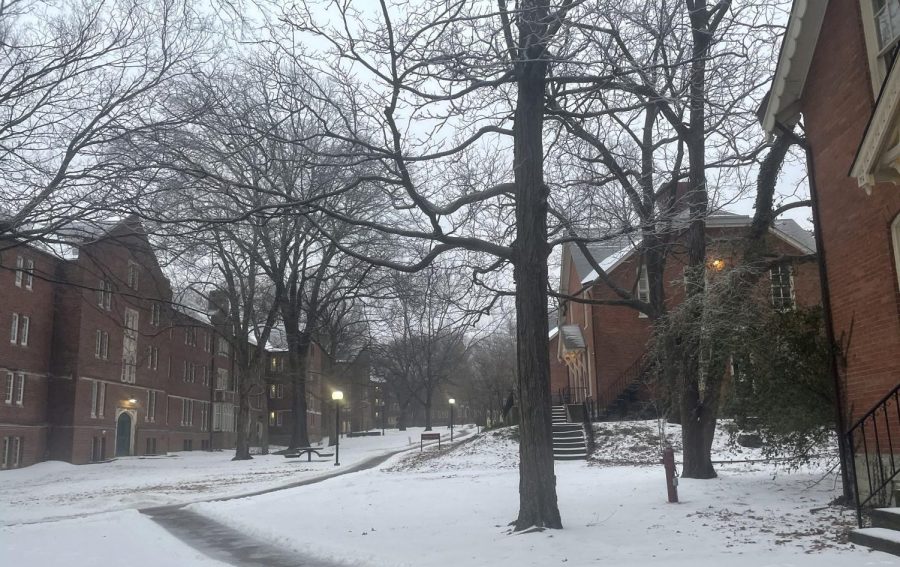

Cole Sullivan • Sep 7, 2020 at 2:10 pm CDT
The tents are underrated, especially with the new larger tables. Bugs are really the only downside in my opinion.